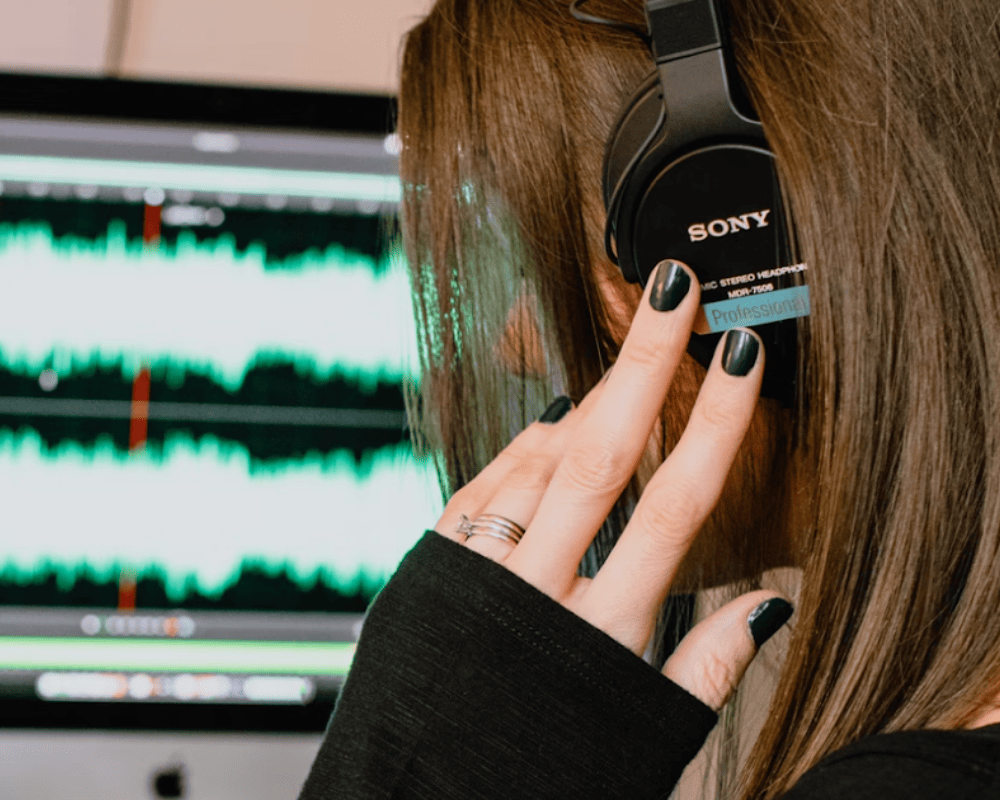
It seems that there’s a bit of a bell-ringing dilemma on buses. People are so desperate to get the driver’s attention, that they don’t seem to realize they’ve already accomplished their goal – in the worst way possible. Here’s a breakdown of the unwritten rules:
What to Do
- Ring Once, Ring Right: When you know your stop is approaching, give the bell a single press. That’s all it takes to let the driver know you want to get off at the next stop.
- Advance Warning Is Key: It’s courteous to give the driver some advance notice, so they have time to safely stop the bus without having to hit the brakes abruptly.
- Patience Is a Virtue: Once you’ve rung the bell, sit tight. There’s no need to rush to the front while the bus is still moving. Wait for it to come to a complete stop before making your move.
- A Little Gratitude Goes a Long Way: As you disembark, a simple “thanks” to the driver goes a long way in acknowledging their service.
What Not to Do
- Bell Overload: Some passengers have a tendency to repeatedly press the bell as if each press will somehow expedite their exit. The driver heard you the first time. Pressing it multiple times only adds unnecessary noise and can be irritating for both the driver and fellow passengers.
- Dashboard Illumination: When you ring the bell, an icon lights up on the driver’s dashboard, indicating that a stop has been requested. So, rest assured, they know you want to get off at the next stop.
- Panic: If you’ve rung the bell once, trust that the driver has seen it. There’s no need to worry or panic. Your request to disembark will be acknowledged in due time.

The next time you’re on a bus, remember these simple guidelines for a smoother and more pleasant journey—for both you and the driver.
Are You Afraid That You Might Be Tone-Deaf?

Do you think you hear or sing differently than others? Or do you think you may be tone-deaf? But is tone deafness really a medical condition? If yes, how can you tell whether you are a victim of it or not? Medically speaking, tone deafness is actually a disorder known as amusia. It is a neurological condition that makes it harder to differentiate between musical rhythms. It can range from having difficulty understanding melodies to a complete inability to recognize musical tones. But not everyone who lacks musical expertise has it.
Finding Out Whether You’re Tone Deaf
One can take a few tests to know whether they are tone-deaf or just pitchy. The first test you can take is playing two tunes one after the other and identifying both. You might be diagnosed with amusia if you can’t find the difference. The second test to try is to sing along to a song you know. You are probably tone-deaf if you are having trouble matching the melody or are way off-key. Just because you can’t find that perfect pitch doesn’t mean you are tone-deaf.
Can Music Cure Amusia?

While there is no cure for tone-deafness right now, you can still enjoy and sing your favorite songs. Taking singing or music lessons can help improve your pitch. You can become a great singer with training to properly use your vocals, mouth, and head. Learning to control your breathing would support your pitch more. A talented teacher by your side can help refine your voice and singing skills. People with amusia can’t always identify their feelings, and their ability to express such emotions while singing is limited. So, even if you suffer from tone deafness, you can still acknowledge the intensity of the emotions in music. So, take some lessons, or use a digital tuner, try to get a grasp on your vocals, and you are good to go.